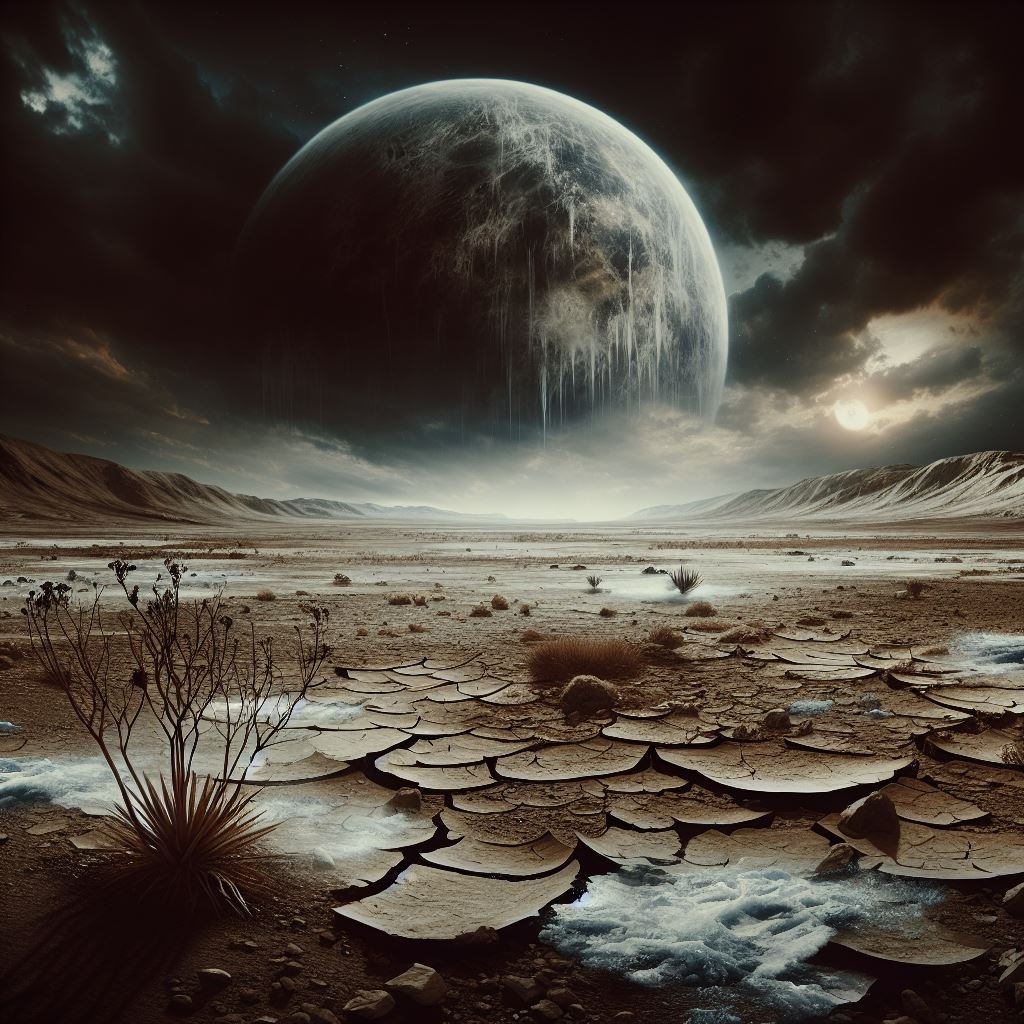
A distant planet orbiting a dying star could reveal the fate of our Earth in about 8 billion years, when our planet will become arid and frozen, having moved beyond the orbit of Mars, revolving around a Sun that has aged and turned into a white dwarf.
This dramatic journey into the future is provided by images obtained by the Keck telescope in Hawaii and analysed on the Nature Astronomy journal by the University of California, Berkeley group led by Keming Zhang.
Since all stars follow a well-defined life cycle and our Sun is no exception, it is expected that it too will expand considerably, transforming into a red giant and reaching a diameter that will engulf Mercury and Venus, the two closest planets.
On Earth, the Sun will completely evaporate the oceans and probably push us beyond Mars' orbit. Subsequently, with violent explosions, the Sun will shrink by half, transforming into a white dwarf with increasingly dim brightness.
The same scenario has been observed on a planet rather similar to Earth, 4,000 light years away, which revolves around a white dwarf. It was observed by the Keck telescope, with a diameter of 10 metres. The star has about half the mass of the Sun and the planet, the size of Earth, is in an orbit twice as large as that of Earth today.